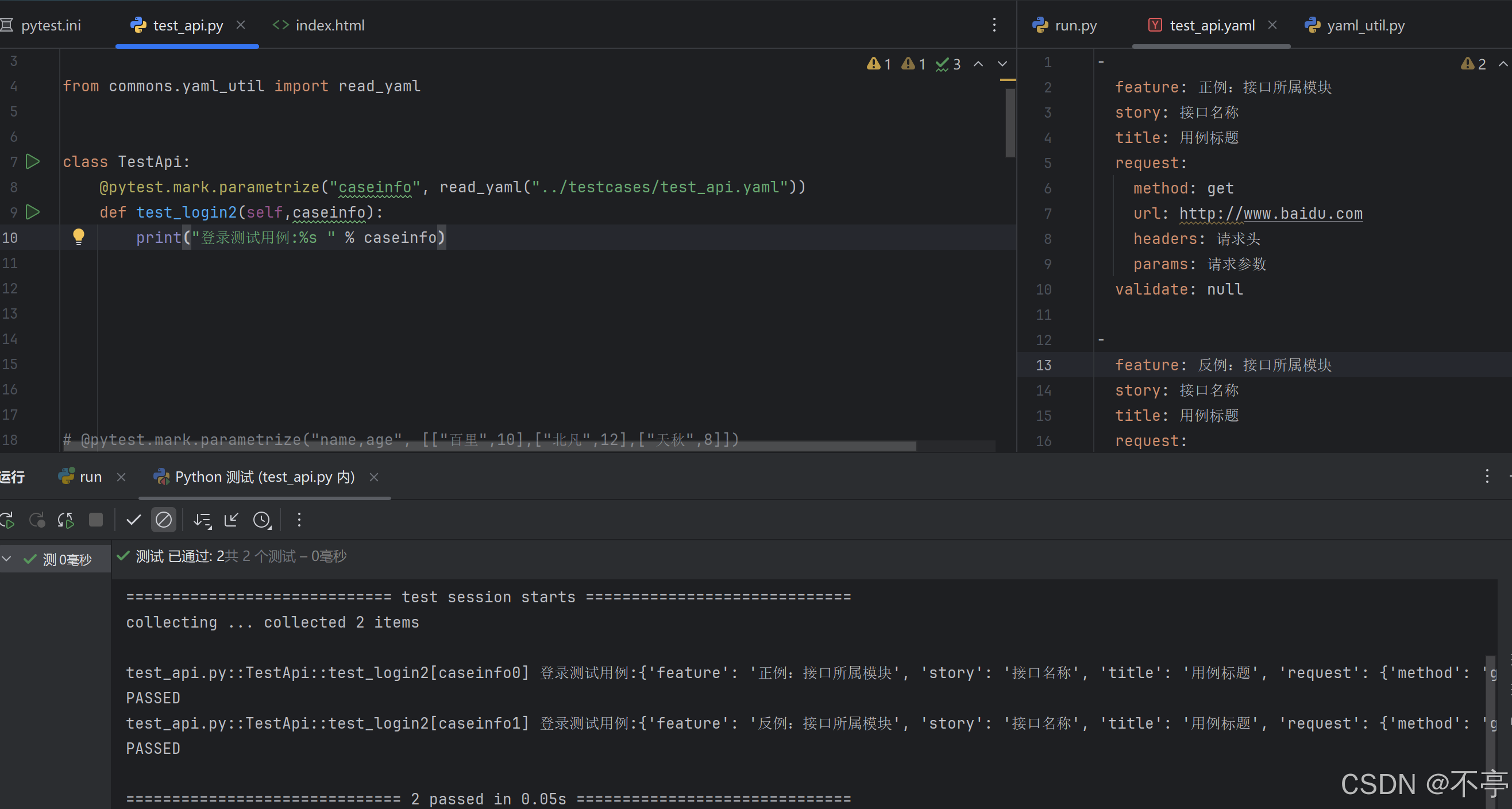找树左下角的值
迭代法
- 层序遍历
class Solution {
public:
int findBottomLeftValue(TreeNode* root) {
queue<TreeNode*> qu;
qu.push(root);
TreeNode* left=qu.front();
while(!qu.empty()){
int sz=qu.size();
left=qu.front();
for(int i=0;i<sz;i++){
TreeNode* cur=qu.front();
qu.pop();
if(cur->left)qu.push(cur->left);
if(cur->right)qu.push(cur->right);
}
}
return left->val;
}
};
递归法
- 先序遍历,记录深度最深的。
class Solution {
public:
int preorder(TreeNode* root,int depth,int& maxDep){
if(!root)return 0;
depth++;
if(!root->left&&!root->right){
if(depth>maxDep){
maxDep=depth;
return root->val;
}else{
return -1;
}
}
int le=-1,ri=-1;
if(root->left){
le=preorder(root->left,depth,maxDep);
}
if(root->right){
ri=preorder(root->right,depth,maxDep);
}
if(ri==-1)ri=le;
return ri;
}
int findBottomLeftValue(TreeNode* root) {
int maxDep=0;
return preorder(root,0,maxDep);
}
};
路径总和
递归
class Solution {
public:
bool preorder(TreeNode* root,int sum,int tar){
sum+=root->val;
if(!root->left&&!root->right){
if(sum==tar)return 1;
return 0;
}
int left=0,right=0;
if(root->left)left=preorder(root->left,sum,tar);
if(root->right)right=preorder(root->right,sum,tar);
return left||right;
}
bool hasPathSum(TreeNode* root, int targetSum) {
if(!root)return 0;
return preorder(root,0,targetSum);
}
};
迭代
class Solution {
public:
bool hasPathSum(TreeNode* root, int targetSum) {
stack<int> numst;
stack<TreeNode*> st;
if(!root)return 0;
st.push(root);
numst.push(root->val);
while(!st.empty()){
TreeNode* cur=st.top();
st.pop();
int cur_sum=numst.top();
numst.pop();
if(!cur->left&&!cur->right){
if(cur_sum==targetSum)return 1;
}
if(cur->right){
st.push(cur->right);
numst.push(cur_sum+cur->right->val);
}
if(cur->left){
st.push(cur->left);
numst.push(cur_sum+cur->left->val);
}
}
return 0;
}
};
变体题
迭代和递归思路差不多
class Solution {
public:
vector<vector<int>> pathSum(TreeNode* root, int targetSum) {
stack<int> numst;
stack<vector<int>> vst;
vector<vector<int>> res;
stack<TreeNode*> st;
if(!root)return res;
st.push(root);
vector<int> roo;
roo.push_back(root->val);
vst.push(roo);
numst.push(root->val);
while(!st.empty()){
TreeNode* cur=st.top();
st.pop();
int cur_sum=numst.top();
numst.pop();
vector<int> cur_v=vst.top();
vst.pop();
if(!cur->left&&!cur->right){
if(cur_sum==targetSum){
res.push_back(cur_v);
}
}
vector<int> tmp=cur_v;
if(cur->right){
st.push(cur->right);
numst.push(cur_sum+cur->right->val);
cur_v.push_back(cur->right->val);
vst.push(cur_v);
}
cur_v=tmp;
if(cur->left){
st.push(cur->left);
numst.push(cur_sum+cur->left->val);
cur_v.push_back(cur->left->val);
vst.push(cur_v);
}
}
return res;
}
};
由序列构造二叉树
中序与后序
class Solution
{
public:
TreeNode *build(vector<int>& inorder, vector<int>& postorder){
if (inorder.empty())
return nullptr;
int val = postorder[postorder.size() - 1];
TreeNode *root = new TreeNode(val);
vector<int>::iterator it = std::find(inorder.begin(), inorder.end(), val);
if(it==inorder.end())return nullptr;
vector<int> left(inorder.begin(), it++);
vector<int> right(it, inorder.end());
postorder.pop_back();
root->right = build(right, postorder);
root->left = build(left, postorder);
return root;
}
TreeNode *buildTree(vector<int>& inorder, vector<int>& postorder)
{
return build(inorder,postorder);
}
};

前序与中序
可以轻松写成类似代码
class Solution {
public:
int count=0;
TreeNode* buildTree(vector<int>& preorder, vector<int>& inorder) {
if(preorder.empty()||inorder.empty())return nullptr;
int val=preorder[count++];
auto it=find(inorder.begin(),inorder.end(),val);
TreeNode* root=new TreeNode(val);
vector<int> left(inorder.begin(),it);
vector<int> right(++it,inorder.end());
root->left=buildTree(preorder,left);
root->right=buildTree(preorder,right);
return root;
}
};



![[LeetCode]day21 15.三数之和](https://i-blog.csdnimg.cn/direct/0de8ceb884aa4e55bb5cfe5aee0b1058.jpeg)















